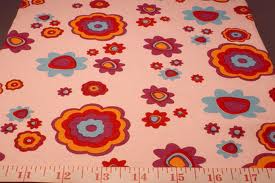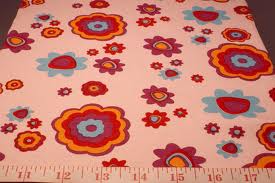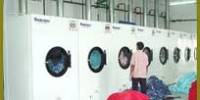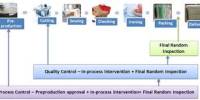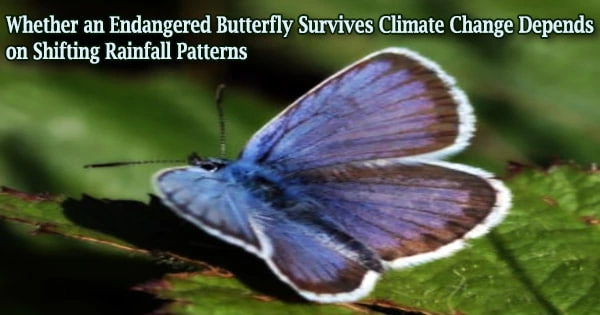General Information of Knit Fabric:
After centuries of knitting cotton yarns into various constructions, high levels of shrinkage in fabrics and garments remain an enigma to many people. However, the performance characteristics of cotton knit fabric as related to its relaxation and therefore shrinkage are as basic and predictable as any other mathematical or physical model. In fact, a knitted structure when processed through textile dye house processes and consumer laundering is no different than any other engineering structure or material that can be measured for dimensions and performance during its production and use.
Cotton incorporated has now developed a system (a program) that will a manufacturer or user of cotton knit fabrics to fully understand and control the cotton knit fabric from the selection of yarn and knitting machine through dyeing, finishing, and apparel processing. This systematic approach to engineering cotton knit fabrics is based on the fundamental relationships between the fully relaxed fabric that has been wet processed and the construction parameters in knitting.
The objective of the engineered knitting program is to understand, and thereby control the shrinkage characteristics of cotton knit fabrics. Why do cotton knit fabrics shrink to different levels when produced at different weights and widths (in essence, different course and wale counts per square area), do these different result because of knitting variables only or does dyeing, finishing and garment manufacturing have an impact on the level of relaxation. Finally, if a manufacturer or user of cotton knit fabrics accumulates large amount of data as related to dimensions of the fabrics (such as weight, width, and shrinkage), does this data have any value other serving as a descriptor? This presentation will show that knit fabric performance can be predicted and understood from empirical data gathered from those fabrics. Further, a computer program can be developed at each manufacturing facility that will allow each product line to be engineered to achieve their customers desired cut and sew weights and widths with low shrinkage. This program will not only be based on the yarn and knitting setups, but also on the wet processing techniques used in that facility.
Jersey is a knit fabric used predominantly for clothing manufacture. It was original made of wool, but is now made of wool, cotton and synthetic fibers. Since medieval times Jersey, Channel Island, where the material was first produced, had been an important exporter of knitted goods and the fabric in wool from Jersey became well known. The fabric can be a very stretchy single knitting, usually light-weight, jersey with one flat side and one plied side. When made with a light weight yarn, this is the fabric most often used to make T-shirts or it can be a double knitted jersey (interlock jersey), with less stretch, that creates a heavier fabric of two single jersey knitted together to leave the two flat sides on the out sides of the fabric, which the plies in the middle. Jersey is considered to be an excellent fabric for draped garments, such as dresses and women’s tops.
We offer knit fabrics that are popular for their warmth and elasticity. These are specially used in the production of lingerie garments. Our customers can avail these fabrics in various sizes and attractive colors. Our range of knit fabrics includes:
- Single jersey
- Double jersey
- Pique Fleece
- Rib
- Dyed striper
- Terry
- Velour
- Fancy knits, etc.
